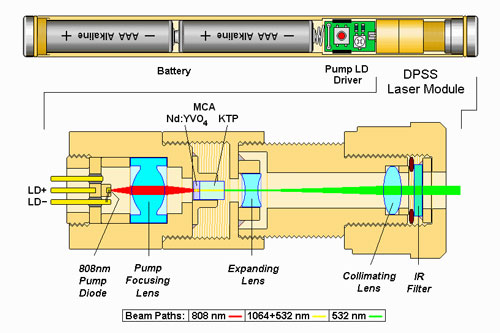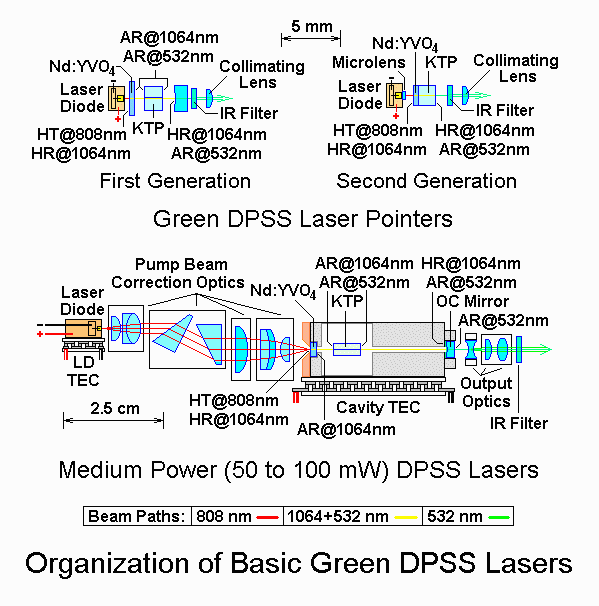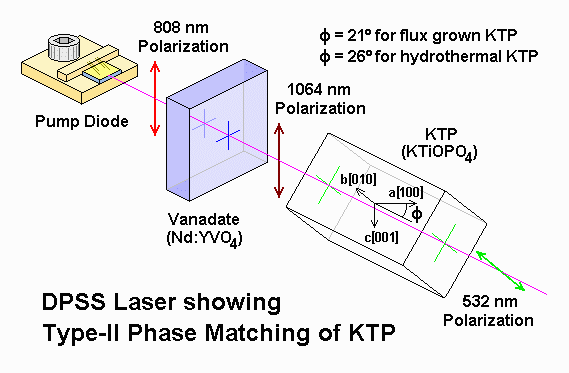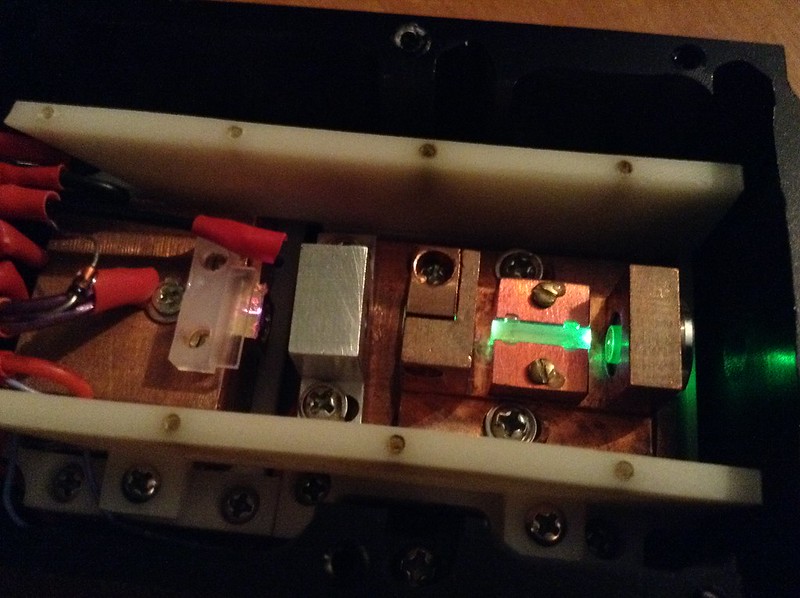- Joined
- Jun 12, 2015
- Messages
- 7,760
- Points
- 113
No you need to first pump a Nd:YVO4 crystal with special AR coatings for both 1064nm and 1319nm. When you pump a crystal you can get more than one of its transition lines. Then secondly you must phase match the new IR beams into the KTP. I hope this clarifies things.
For 589nm it is a ND:YAG crystal lasing at both 1064nm and 1319nm. The process being used in the yellows is called sum frequency generation (SFG) not SHG.
For 589nm it is a ND:YAG crystal lasing at both 1064nm and 1319nm. The process being used in the yellows is called sum frequency generation (SFG) not SHG.











